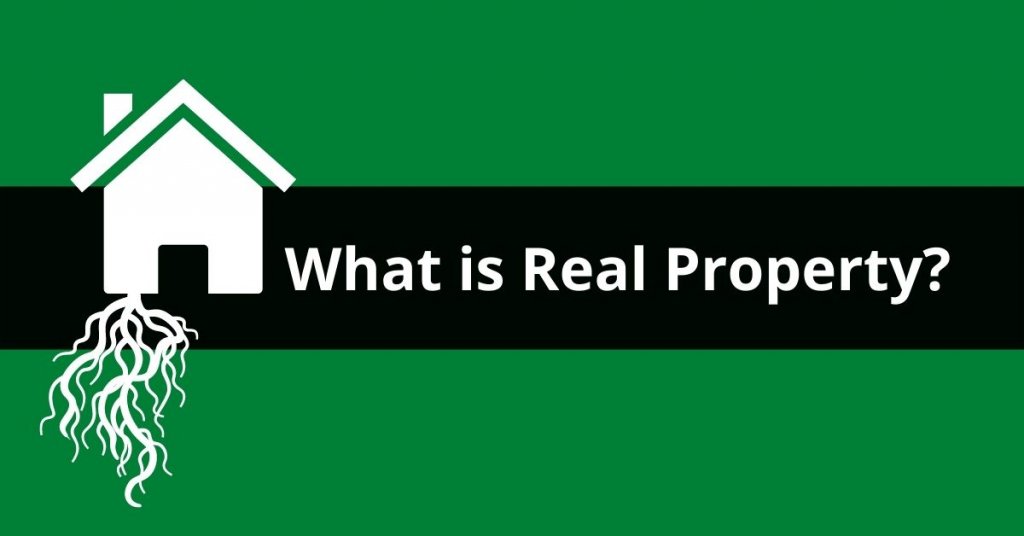Real property is defined as the ownership of a property (also known as a parcel), including the land and everything that is attached to the land or property whether it is natural or artificial.
Basically anything that is physically nailed down to the property or grows on the property and has roots in the ground can be defined as real property. A potted plant that is not growing in the ground is not real property whereas a plant whose roots have breached the ground surface is real property.
Common examples of real property include:
- Your house
- Flowers, trees, and crops that grow in the ground
- Sheds, gazebos, or anything with a foundation
- Doors and windows attached to the house
- Ponds and waterways confined to the property boundaries
- Any mineral or resource below the ground
What real property allows you is the right to lease, modify, rent, and do whatever you want with the property. On the contrary, anything not under the umbrella of real property is defined as personal property. This generally includes anything that is not nailed down or can be physically moved, such as your personal possessions.
You’ll come across the phrase “real property” in your property searches as well as a title search that evaluates claims on “real property”, which is why it’s important to understand what real property is.
Now that you know what real property is, lets dive deeper into the differences between real property and personal property, and also learn what is included in real property taxes.
Differences Between Real vs. Personal Property
The difference between real and personal property is that real property encompasses everything that is native or attached to the land and personal property is what you can take with you that is not attached to the land.
For example, any raw building materials such as wooden blanks and concrete are considered personal property until they are constructed into something that is attached to the land or home. One they are attached they become real property.
Similarly, any appliance that can be moved, such as a refrigerator, washer, or dryer is still considered personal property. Equally, furniture, drapes, and wall art are also considered personal property.
This is why you are not receiving any of the furniture, appliances (these may convey in many instances, but not necessarily), or personal items that may have been present at a showing or pictured in a listing when you buy a home. These are not “real property”.
Understanding these differences is also important when applying for homeowners or title insurance. Both insurance policies will only protect real property unless your homeowner’s policy is amended to include valuable personal items.
For example, suppose a home needs to be rebuilt due to damage. In that case, most insurance policies will only cover the physical construction of the house and not be responsible for replacing any personal items within.
Similarly, your title insurance policy will only give you ownership over the real property, not the personal possessions that may have belonged to the previous owners.
Now that you know what the difference between personal and real property is, let’s look at what real property tax is, as this will provide a legal context for what the government defines and taxes as real property.
What is Real Property Tax?
Real property tax is a tax issued by your local government on the appraised value of your real property. Real property tax rates vary by local ordinance but are calculated by multiplying the local property tax rate by the appraised value of your property.
(Assessed value x tax rate = annual real property tax)
Appraised tax values are determined by your local tax collector but will take the size of your property, square footage of your home, the condition of the home, and the value of all real property attached to the land into consideration.
For the most part, personal property is not included in the tax assessment of a property, although some states enable this for commercial real estate tax collection.
Understanding what is not and what is real property can help you when shopping for homes between different neighborhoods, as each area will have their own unique tax rates.
And now you know everything there is to know about real property from what is and is not considered real property as well as how it is taxed.

